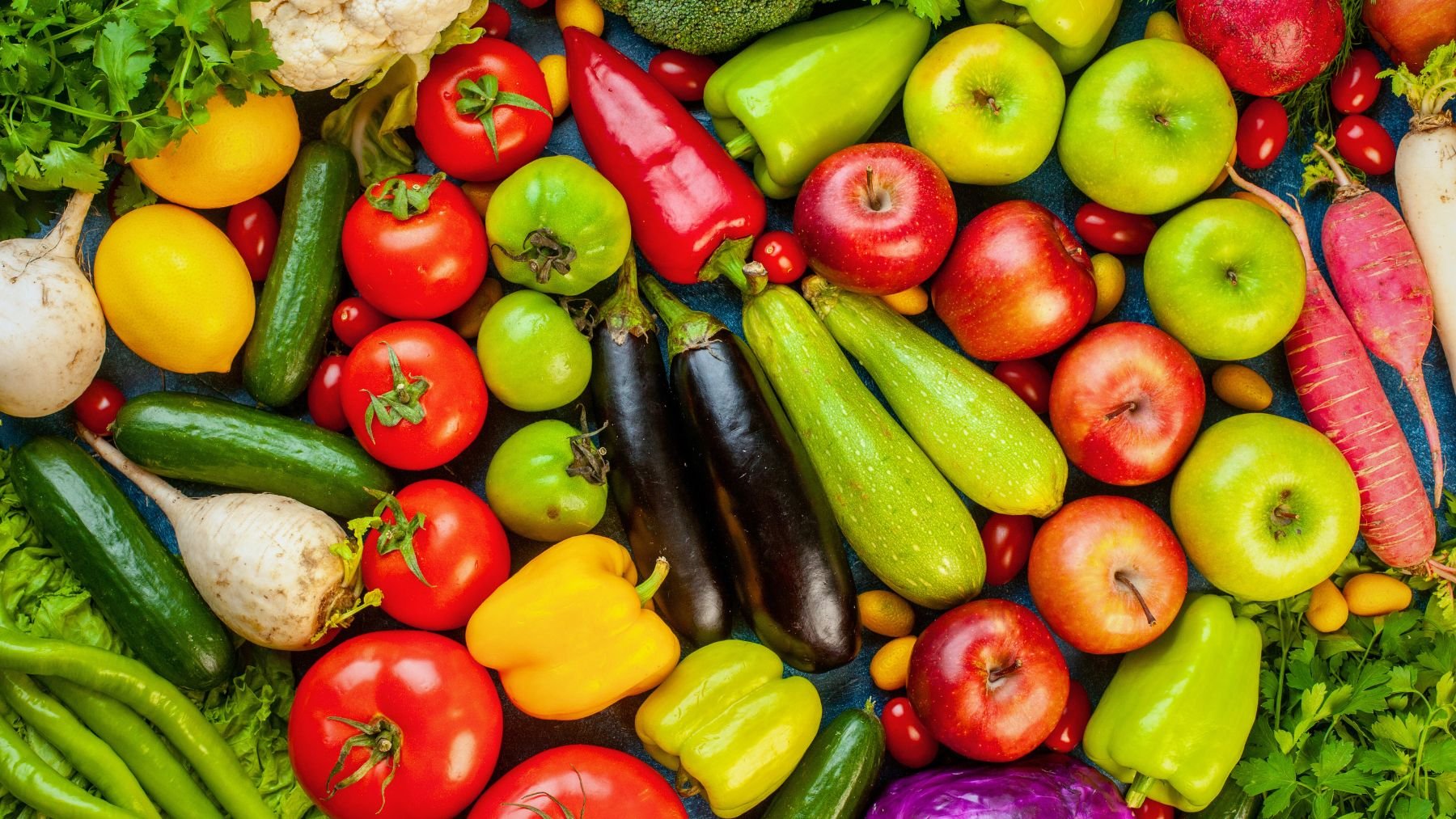Every year, the Environmental Working Group (EWG) releases its Dirty Dozen list, an annual ranking of the fruits and vegetables most likely to carry pesticide residues, even after washing. It’s a go-to guide for shoppers who want to make safer choices at the grocery store.
According to the latest analysis, strawberries rank second among all fresh produce for pesticide contamination in the United States, right after spinach. Here, we’ll break down why strawberries are near the top of the list, what chemicals are showing up on them, and which other produce items carry a similar risk.
Strawberries and pesticide exposure
Strawberries are one of the most popular fruits in the US, with the average American eating about eight pounds a year. But along with that comes exposure to a cocktail of pesticide residues. USDA testing shows that almost all non-organic strawberry samples—99%—had traces of at least one pesticide. Many had much more. One sample contained residues from 23 different pesticides and their breakdown products.
These residues remain even after strawberries are picked, rinsed, and washed. In the most recent USDA testing, conventional strawberries averaged eight pesticides per sample. That mix can include fungicides, insecticides, and herbicides, some of which are linked to hormone disruption and reproductive harm.
Two of the chemicals that turned up most often in strawberry samples are especially concerning. Carbendazim, a fungicide banned in the European Union for safety reasons, was found on 16% of samples. It can interfere with hormone function and may damage the male reproductive system. Another was bifenthrin, labeled a possible human carcinogen by the EPA and California regulators. It appeared on more than 29% of the samples.
Other produce to keep an eye on
Strawberries may be the most contaminated fruit after spinach, but they’re far from alone. EWG’s Dirty Dozen list includes a group of fruits and vegetables that consistently carry high levels of pesticide residues. Here are the others worth paying attention to:
- Spinach: Topped the list this year. Contains more pesticide residues by weight than any other produce.
- Kale, collard, and mustard greens: Over half the samples tested contained DCPA, a pesticide banned in Europe.
- Grapes: Frequently treated with multiple pesticides, often over 15 per sample.
- Peaches: Often sprayed after harvest to keep them looking fresh longer.
- Cherries: Nearly all samples show residues, with some having traces of multiple pesticides.
- Nectarines: Share similar pesticide profiles with peaches and cherries.
- Pears: Testing found residues of several potentially harmful pesticides.
- Apples: Known for post-harvest chemical treatments, particularly with diphenylamine, banned in the EU.
- Blackberries and blueberries: Contamination levels have gone up in recent years, with blackberries joining the list based on new testing.
- Potatoes: Often overlooked, but they made the list again due to consistent pesticide residues.
If avoiding pesticides is a priority for you, EWG recommends buying organic for these items whenever possible. At the very least, rinse and scrub produce thoroughly, even if you plan to peel it. Though eating a variety of fruits and vegetables is important, understanding which ones carry the heaviest pesticide load can help you make smarter choices at the store.

